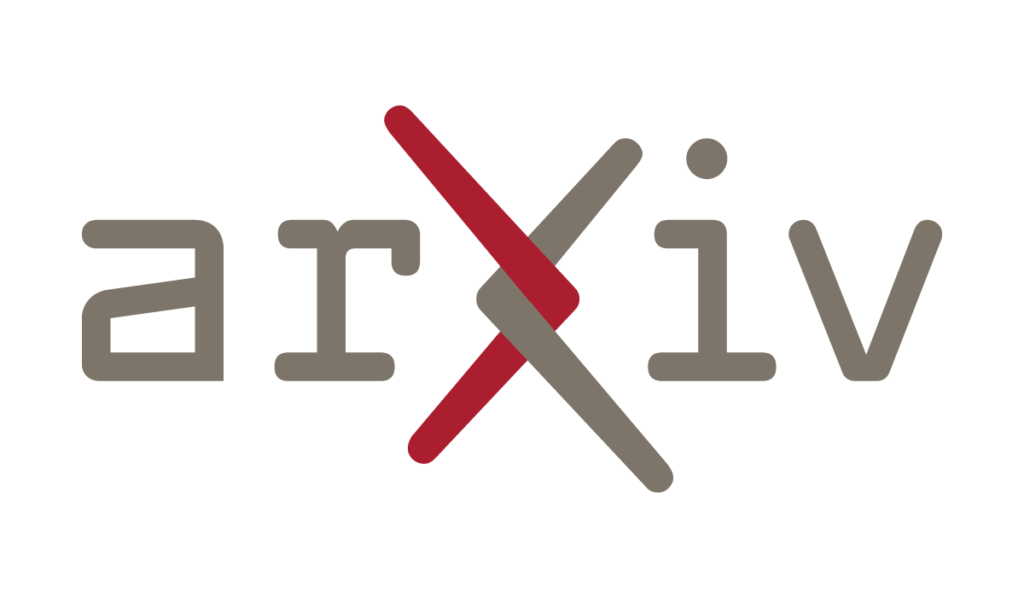March 3, 2025
Understanding Reasoning LLMs – by Sebastian Raschka, PhD
This article describes the four main approaches to building reasoning models, or how we can enhance LLMs with reasoning capabilities. I hope this provides valuable insights and helps you navigate the rapidly evolving literature and hype surrounding this topic. In 2024, the LLM field saw increasing specialization. Beyond pre-training and fine-tuning, we witnessed the rise of specialized applications, from RAGs to code assistants. I expect this trend to accelerate in 2025, with an even greater emphasis on domain- and application-specific optimizations (i.e., “specializations”). Stages 1-3 are the common steps to developing LLMs. Stage 4 specializes LLMs for specific use cases.
